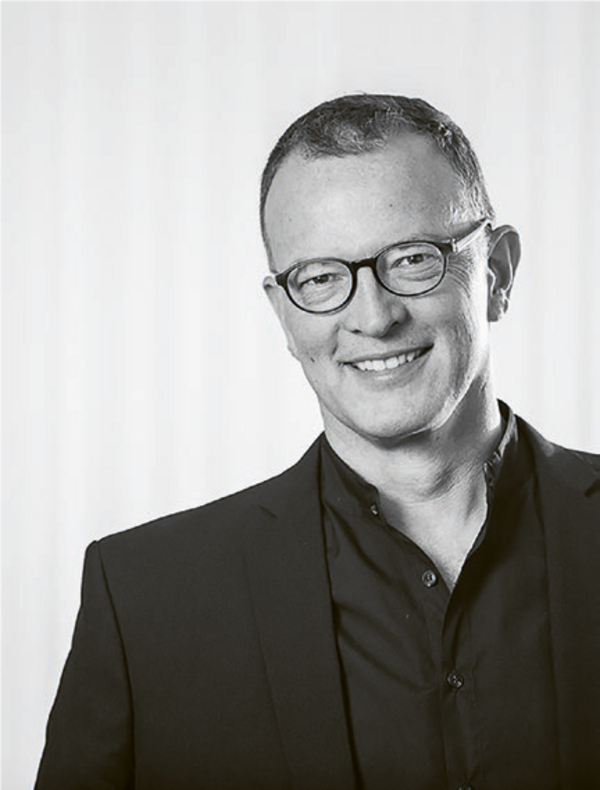There will be no place for rigid office structures in tomorrow's workplace.
An interview with architect Thomas Heinle, partner at Heinle, Wischer und Partner, Freie Architekten GbR
As an architect, how do you assess the process of change in corporate office environments?
Nearly three-quarters of German offices still work behind closed doors. These rigid office structures are no longer efficient in an increasingly mobile and data-driven world. There is a lack of communicative exchange, which is why these structures have a significant negative impact on productivity and creativity. And this is exactly what the workplace of the future will increasingly focus on, while monotonous, repetitive work processes will be better handled by robotics and artificial intelligence.
What requirements of the workplace of the future can you foresee today?
It is clear that there will be no place for rigid office structures in tomorrow's workplace. This change is being driven by the younger generations, who are used to working in a more collaborative and agile way and are already demanding it. As a result, the new workplace models deliberately use more flexible structures. Freedom to choose where to work and the ability to form and disband teams quickly and easily are creating new realities that are changing the office environment and its infrastructure. L'Oréal's new "Flex Lab" research center in Paris recently presented this world. All the furniture is on wheels so that teams can find and reinvent themselves in a matter of seconds.
What do you see as the key requirements for the workplace of the future from the perspective of your enterprise customers?
Everyone is talking about the war for talent. If you want to be a successful company tomorrow, you need to attract the brightest minds today. It is not always just about salary, as the atmosphere in the workplace plays an increasingly important role in the decision to choose a job or employer. In addition to a deeper meaning to their work, today's young professionals are looking for less hierarchy and more flexibility in their day-to-day work. Above all, flexibility will shape tomorrow's office environments and make them more agile. The quest for productivity will also play a role, as there is more potential for optimization in more agile structures.
What time frame are we talking about for the workplace of tomorrow?
It is not easy to answer this question with a single figure. Basically, the transformation has already begun, and companies in the IT sector, as well as industrial and service companies, have already made or are in the process of making their offices more flexible and agile. In view of the still widespread structures, this process is very far-reaching, but in my opinion unavoidable if Germany wants to keep up with the international competition. In this respect, I am convinced that in ten years' time we will be working completely differently than we do today.
